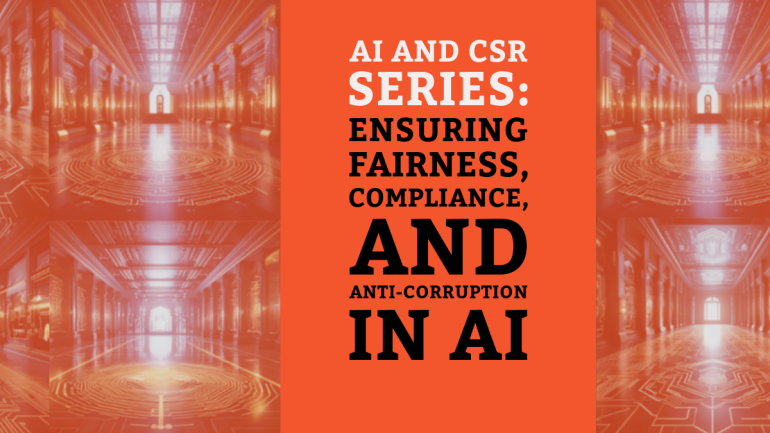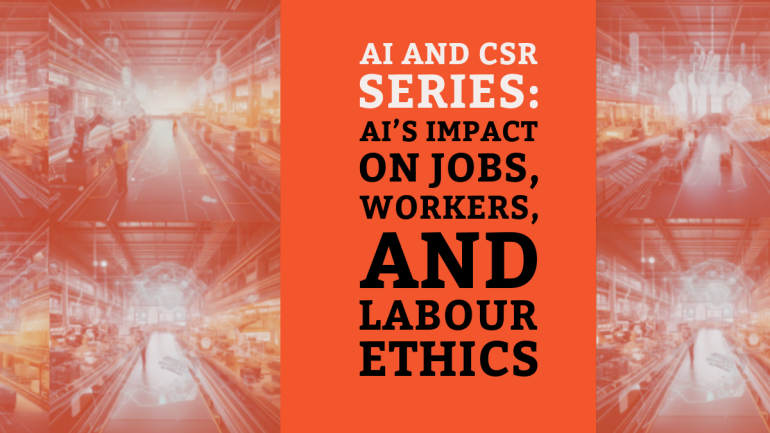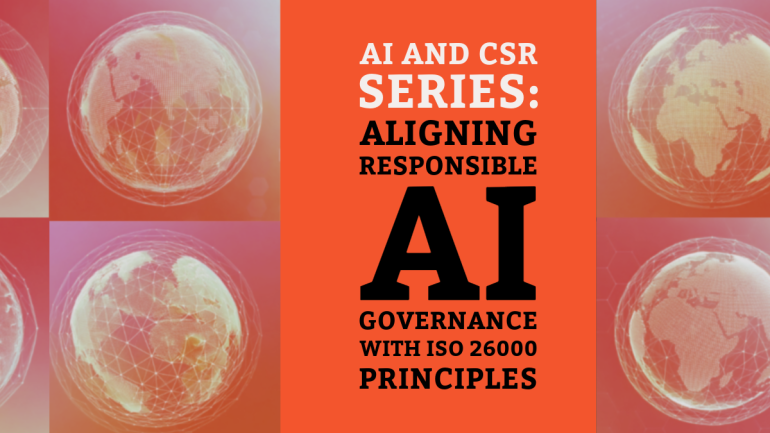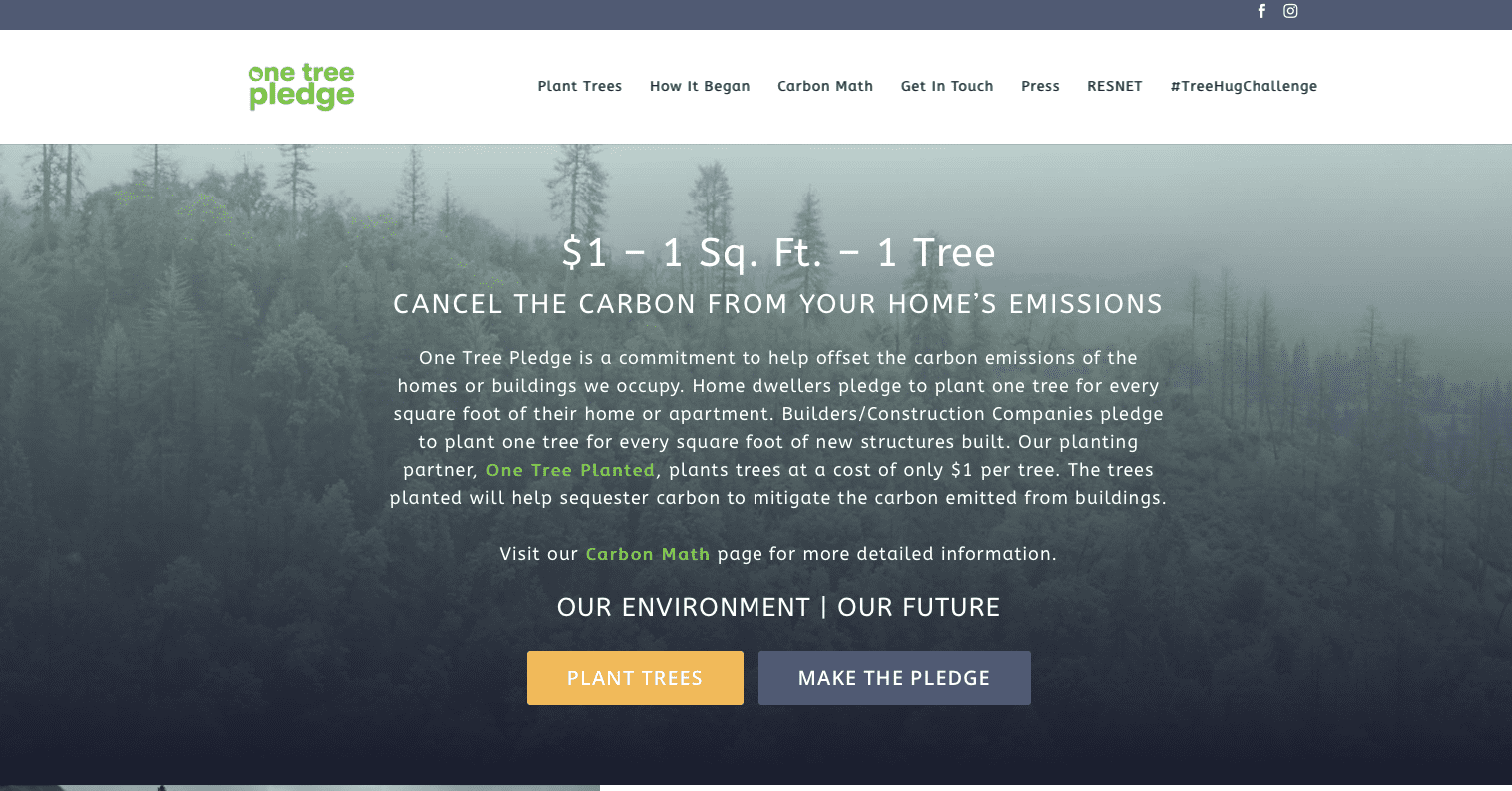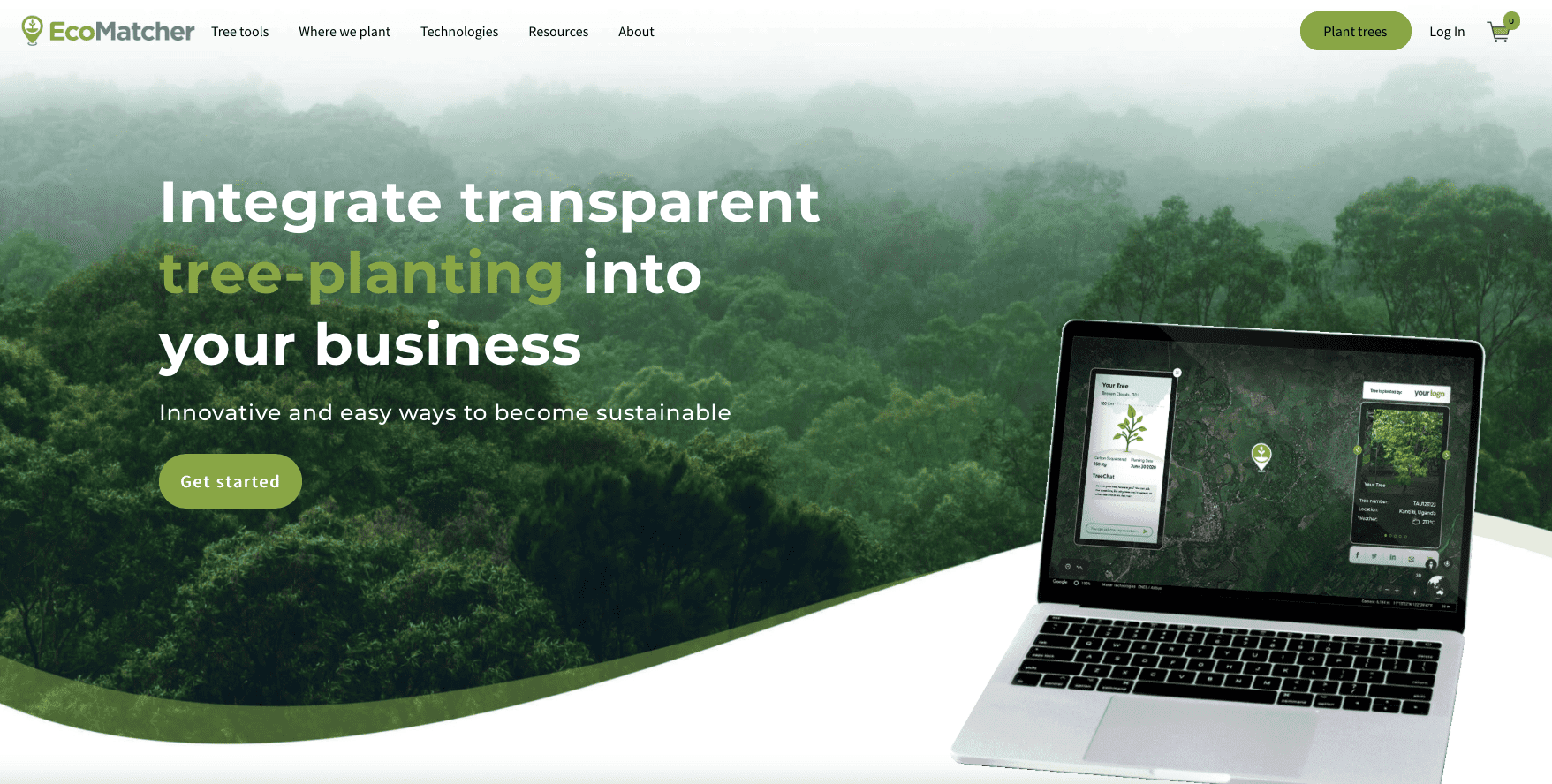Table of Contents
You may also interested:
Climate change is observable and real, and it has come to widespread realisation that human activity, especially economic and industrial activity is contributing significantly to climate change. Accordingly, many big organisations, in an effort to maintain sustainability of their own business operations, as well as to improve the image of their brand in an increasingly climate-conscious consumer world, are adopting good practices that enable them to conduct business in a way that does not harm the planet.
Climate Change – Tragedy of the Commons
Indeed, the climate is now suffering from a “tragedy of the commons”. Businesses have been allowed to “graze” on the commons as much as they pleased with no limits, and the resources of the commons is being depleted at an exponential rate. Businesses are now realising that it is their own individual responsibility to ensure that the commons remains as a grazing ground. A barren commons would not be beneficial for anyone. A whole host of ripple effects including global warming, the melting of ice caps, rising sea levels, lower raw materials production and lower purchasing power would come around and hit every business hard. In other words, climate change is no longer seen as a mere “corporate social responsibility” but increasingly as a real business problem.
Climate-Positive Innitiatives
Here are some of the initiatives that they have taken:
Carbon Neutrality
Firstly, some organisations have pledged carbon neutrality. Carbon neutrality means that any CO2 released into the atmosphere from their economic and industrial activities (from anywhere along their supply chain) is balanced by an equivalent amount being removed. How do they remove the CO2? One popular way is to pledge to plant trees that would take away the equivalent amount of CO2 that the companies produce. Website such as “One Tree Pledge” and “Eco Matcher” are some examples of carbon positive initiatives.
Climate Positivity
Secondly, some companies have pledged climate positivity. Now, this is by no means an easy feat to achieve, because it requires companies to go beyond achieving net-zero carbon emissions and additionally create a benefit to the environment by removing additional carbon dioxide from the atmosphere. Another word that is used as a synonym for climate positive is “carbon negative”. One example is “The Climate Pledge“. Incorporated by Amazon, The Climate Pledge, launched by the Global Optimism NGO, is composed of 376 companies in 34 countries. Global Optimism is a non-profit organization that promotes transformative action.
Net-Zero Emissions
Thirdly, and this is far more achievable than carbon negativity/ climate positivity is climate neutrality. Being climate neutral means that organisations will reduce all greenhouse gases that they emit to the point of zero.
But why do some companies target “carbon” only, and why do others target “greenhouse gases”? This is because carbon emissions are responsible for 81% of overall greenhouse gas emissions. The rest of GHG emissions are: methane (10%), nitrous oxide (7%) and fluorinated gases (3%).
Climate Change and Greenwashing
Now, there are still organisations out there which are “greenwashing”, which means they are making insincere, cosmetic efforts to help the environment simply because they want to have a good image for themselves instead of paving the way for a more sustainable future. This greenwashing is seriously frowned upon these days, and consumers are becoming more aware of companies which are doing this. One very obvious greenwash is the “save the towel movement” that started in the hospitality industry. In the 1980s (and some hotels still practice this today), hotels were urging guests to reuse their towels over the course of their stay so as to save the environment. In reality, there was no explicit and sustainable effect on the environment. Hotels were just benefiting from lower laundry costs as a result of this movement.
Whichever initiative companies decide to pursue, they will begin by looking at their own internal industrial and economic activities first (for direct emissions), then look at the indirect emissions as a result of their purchased activities and finally look at their supply chain.
Internal activities give out direct emissions from company facilities and company vehicles. These include the usage of petrol, diesel as well as what is known as “fugitive emissions”: leaks from greenhouse gases such as refrigeration and air conditioning units). Companies can take direct steps to reduce their greenhouse gas emissions in the following ways:
- Reducing the use of greenhouse gas producing equipment
- Switching to equipment which are more energy-efficient
- Cleaning up and disposing of their waste in an eco-friendly way
- Countering the effects of their greenhouse gas emissions by contributing to measures that counter greenhouse gas production
- Once companies are able to analyse their own internal emissions, they can then move on to activities of suppliers and vendors. These are less direct and are the result of purchased energy from another provider. As they do not own these enterprises, they cannot directly influence them to be energy efficient. As such, companies can switch to suppliers and vendors which have a more eco-friendly mindset as part of their own eco-friendly efforts.
Finally, companies can also analyse other activities in their supply chain that contribute to greenhouse gas emissions. These include, but are not limited to:
- Upstream
- Purchased raw materials, inventory and services
- Shipping and handling vendors
- Waste disposal and management vendors
- Travel and communication
- Leased assets
- Downstream
- Investments
- Franchisees
- Use of sold products
- End of life treatment of sold products
Climate Change and Eco-Friendliness
To counter the greenhouse gas emissions through their supply chains, companies can opt to use vendors that have a commitment to eco-friendliness. Furthermore, they could also ensure that franchisees are briefed on their eco-friendly policies and follow the same procedures as the parent company.
Of high interest these days is how sold products are used as well as the end of life treatment for these sold products. Companies are urged to produce products that are usable for longer periods of time so that their length of use justifies and cancels out the greenhouse gases emitted during the production. Furthermore, companies are urged to create a system whereby products can be discarded responsibly and on top of that, return back into the production process instead of landing up in the landfill. This, in essence, creates a circular economy whereby products are produced, consumed, discarded and reenter the production cycle as a raw materials once again. This is far more superior than having a linear economy, where products are created using raw materials, used only once and then discarded entirely. Such activities, for example, in the “fast fashion” are wasteful and harm the environment.

